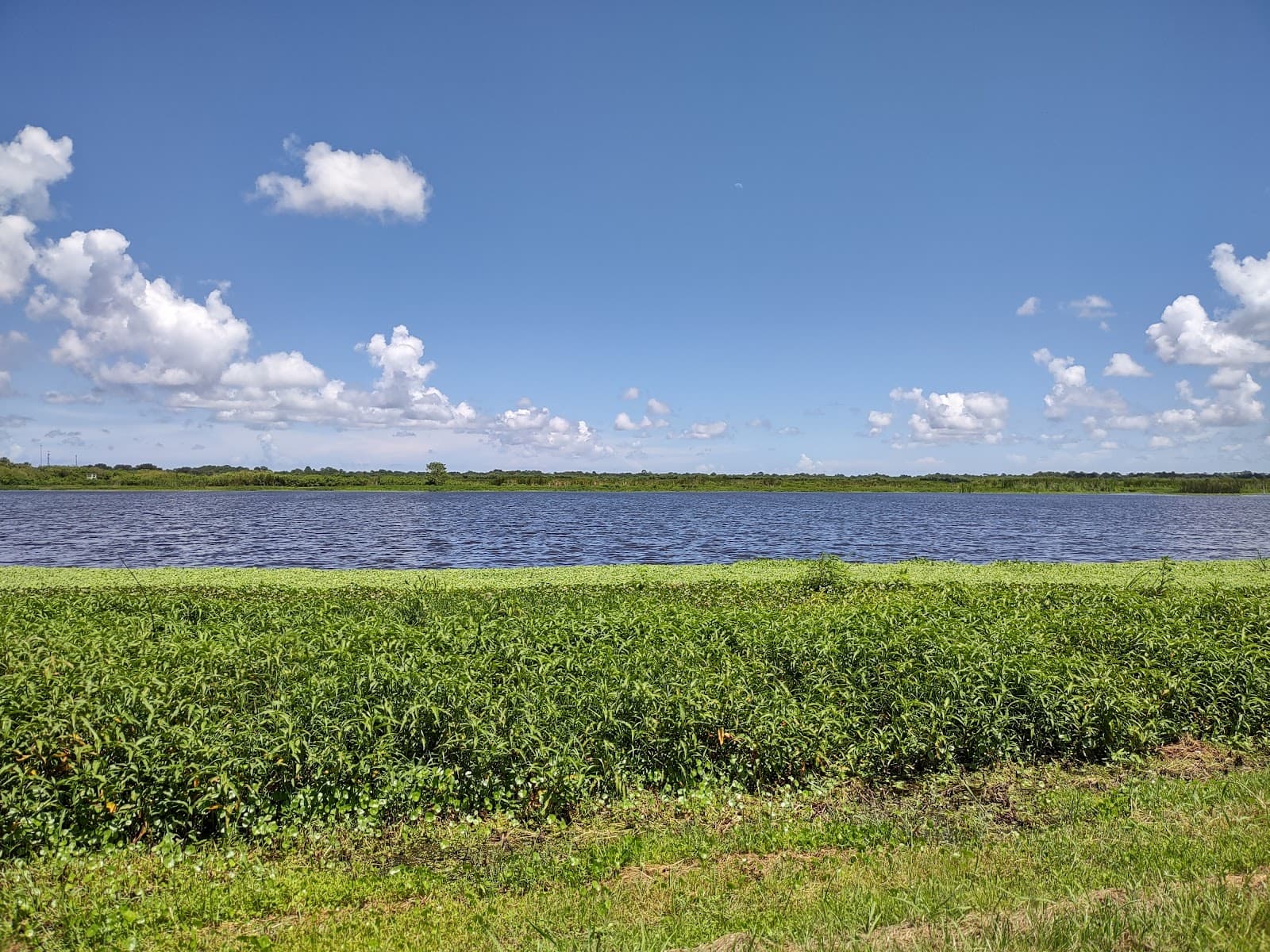
Blue Heron Wetlands
A hidden gem for wildlife enthusiasts, offering close encounters with birds and alligators via a scenic drive through protected wetlands.

Highlights
Must-see attractions
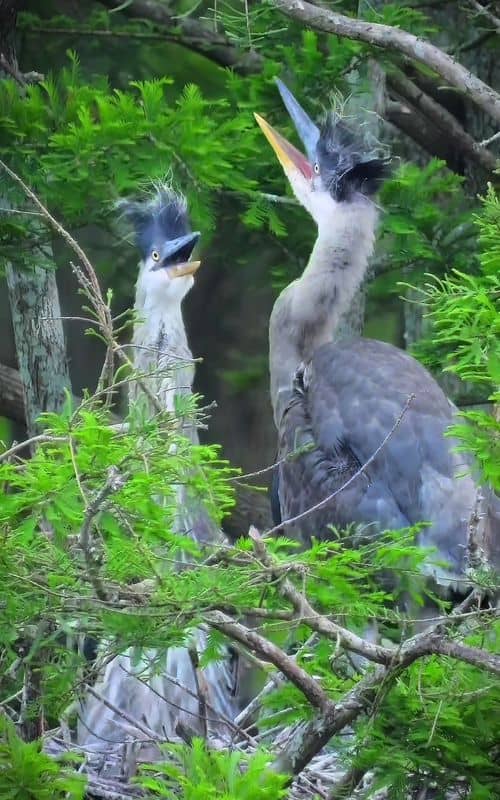
Social
From TikTok & Reddit
Best Time
Fewer crowds, more wildlife

Blue Heron Wetlands
Best Time
Fewer crowds, more wildlife

Highlights
Must-see attractions
A hidden gem for wildlife enthusiasts, offering close encounters with birds and alligators via a scenic drive through protected wetlands.
"So underrated for seeing wildlife up close. The gators will jump into the water because it isn't over visited."
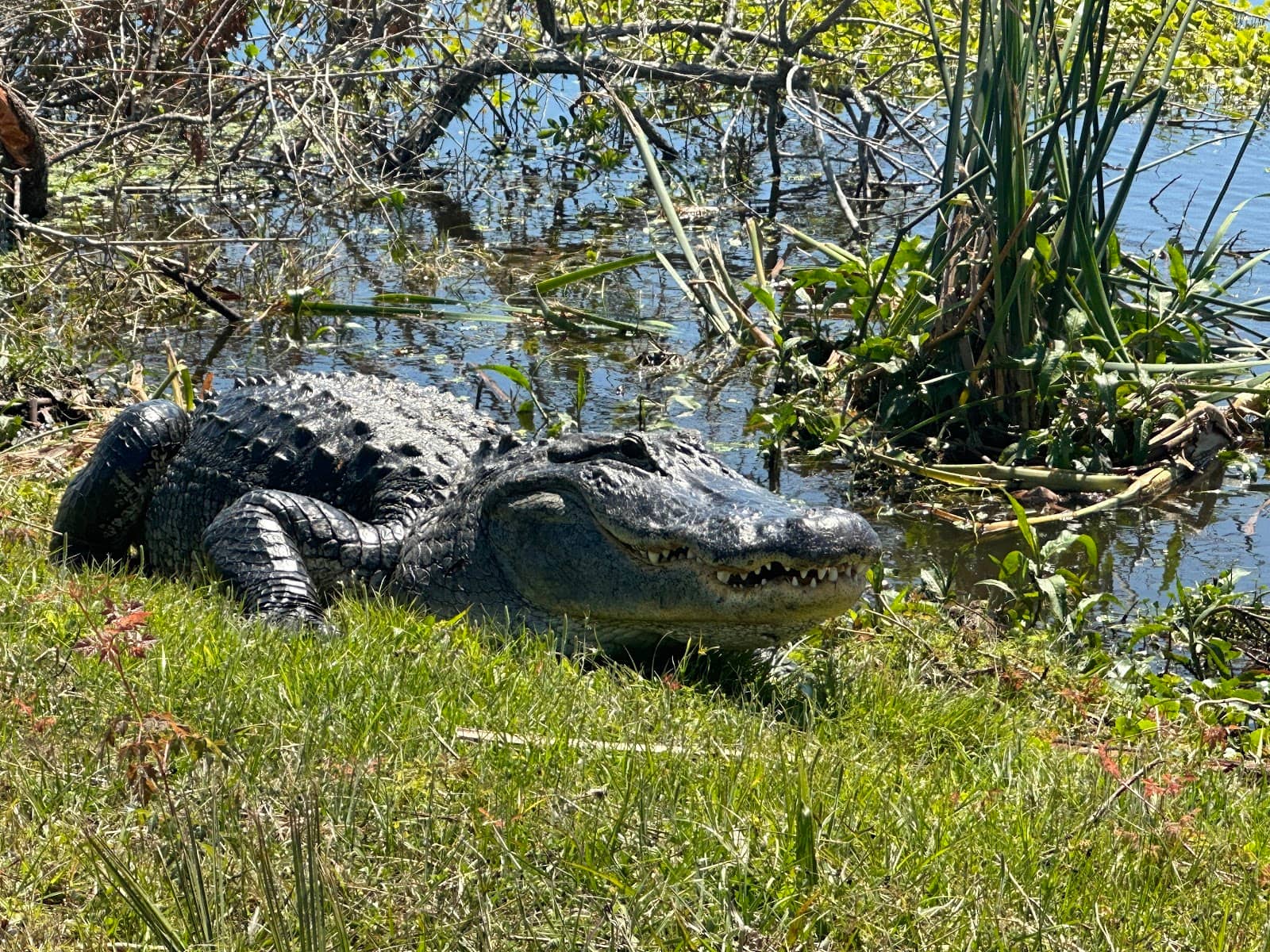
🚗 Sign In & Out
Remember to sign in and out at the gate. A waiver might be required.
Stay in Your Vehicle
For your safety and the animals' well-being, remain in your car while observing.
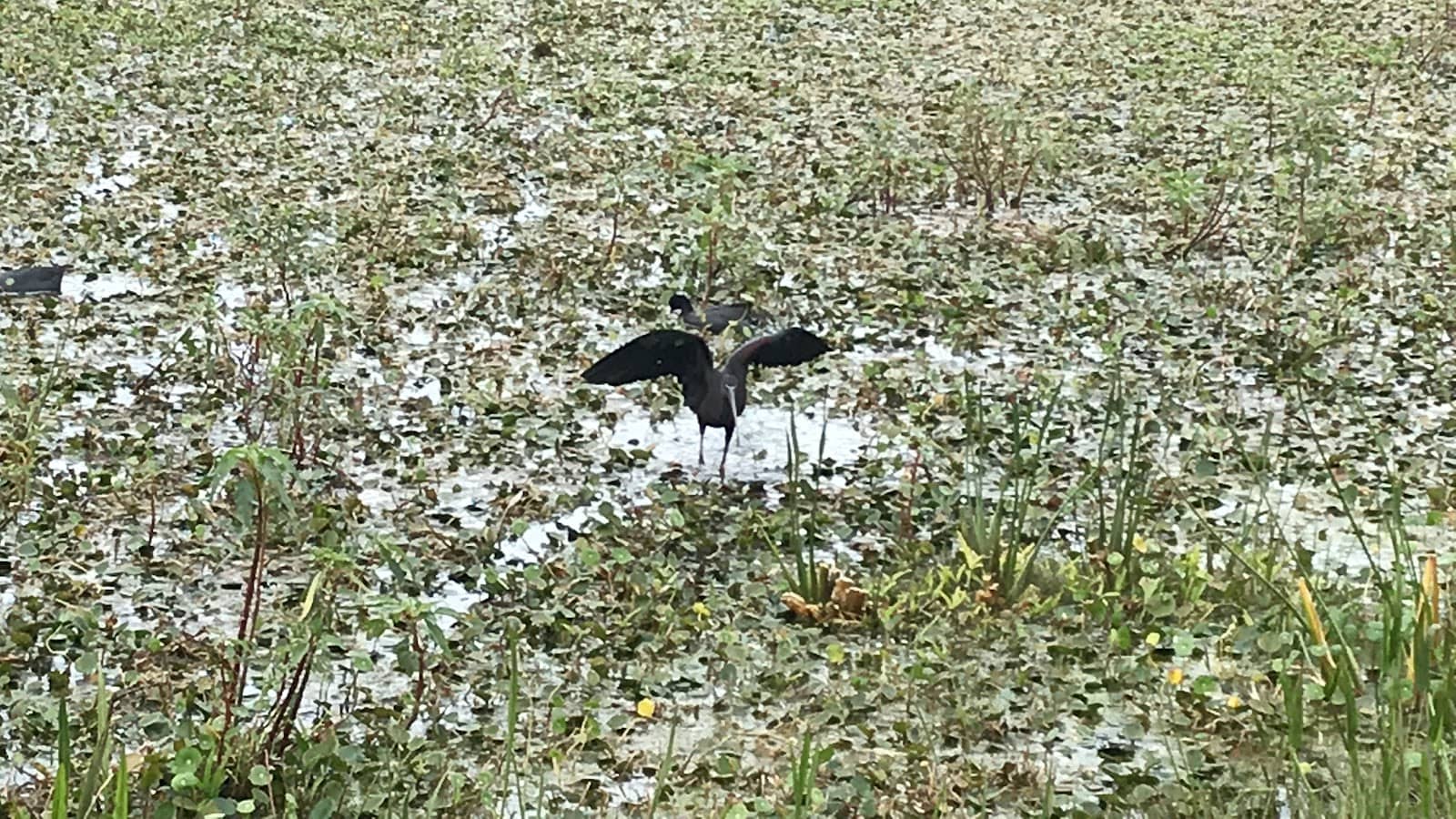
Highlights
Discover the most iconic attractions and experiences

Great Blue Heron Sightings
Throughout the wetlands
Witness these majestic birds in their natural habitat, often seen foraging or preening.

Alligator Encounters
Waterways and banks
Observe impressive alligators sunning themselves or slipping into the water.
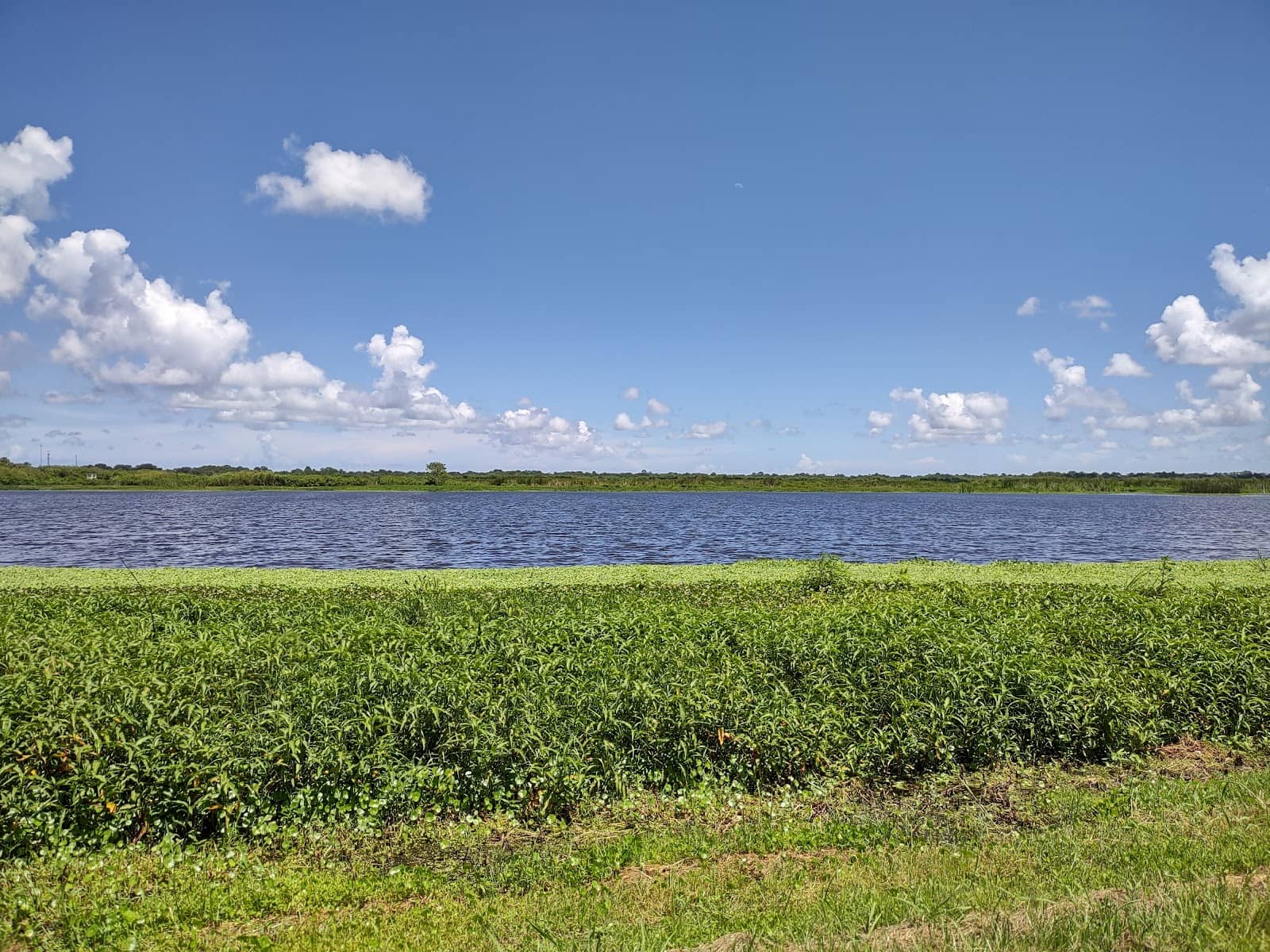
Diverse Birdlife
Various habitats
Spot a variety of species including egrets, ibis, sandhill cranes, and more.

Scenic Drive
Designated driving route
Enjoy a beautiful drive through the wetlands, offering unique perspectives of nature.
Plans like a pro.
Thinks like you
Planning Your Visit
Access & Hours
Wildlife Etiquette
Best Times
Insider Tips
from TikTok, Instagram & Reddit
🚗 Sign In & Out
Remember to sign in and out at the gate. A waiver might be required.
Stay in Your Vehicle
For your safety and the animals' well-being, remain in your car while observing.
Binoculars Recommended
Enhance your wildlife viewing experience with a good pair of binoculars.
Check Operating Hours
Access is limited to business hours, typically Mon-Fri until 3:30 PM.
Tips
from all over the internet
🚗 Sign In & Out
Remember to sign in and out at the gate. A waiver might be required.
Stay in Your Vehicle
For your safety and the animals' well-being, remain in your car while observing.
Binoculars Recommended
Enhance your wildlife viewing experience with a good pair of binoculars.
Check Operating Hours
Access is limited to business hours, typically Mon-Fri until 3:30 PM.
Respect Wildlife
Never feed or approach animals. Observe from a distance.
What Travellers Say
Reviews Summary
Visitors praise the Blue Heron Wetlands for its abundant and up-close wildlife viewing, particularly the diverse bird species and impressive alligators. The scenic drive is a highlight, offering a peaceful nature escape. However, access can be tricky due to strict operating hours and potential waiver requirements, leading to some frustration for those unprepared.
"So underrated for seeing wildlife up close. Yes, it’s a business hours only place but it’s not over crowded. The gators will jump into the water because it isn’t over visited and they aren’t so sure of you as they are sunning road side and you come by. Sandhill crane couple with newborn colts, massive gators, coot, gallinule, duck, cattle egrets, tri and little blue herons, black belled whisking duck, great white egrets and green blue herons, ibis, Anhingas and cormorants. I’m sure more visit but that’s some of what you can see even on just one drive. Beautiful water area with the drive on the out sides. Yes, stop and sign in. No hassle. Stop and sign out. Thankful the water plant allows this and gives our wildlife this safe haven."
J. Ray
"Says it's open 24 hours but you can only access it through a gated water reclamation area that is only open Monday through Friday until 330"
Seth Ellison
"My office was located at the plant right in front of the wetland, and I used to take a walk back there once or twice a week. I liked the birds, but the biggest draw for me was the gators. They have some pretty big ones back there, and they never ceased to amaze me."
Richard Elliott
What People Like
What People Dislike
Frequently Asked Questions
🚇 🗺️ Getting There
Blue Heron Wetlands is located within a water reclamation area. Access is typically through a gated entrance that is open Monday through Friday until 3:30 PM. You'll likely need to sign in and out.
Despite some mentions of 24-hour access, the wetlands are within a facility with restricted operating hours, usually Monday-Friday until 3:30 PM.
Specific driving directions can vary, but it's generally accessed via a water reclamation facility. It's best to use GPS and be aware of the operating hours.
While there's a scenic drive, walking might be restricted to designated areas or not permitted outside of your vehicle for safety reasons. Always follow posted signs and staff instructions.
Parking is generally available within the facility, but it's important to adhere to the operational hours and any specific instructions upon arrival.
🎫 🎫 Tickets & Entry
Tickets are not typically required, but you will need to sign in and out. Some visitors have reported needing to fill out a waiver beforehand.
The wetlands are generally accessible Monday through Friday until 3:30 PM. It's crucial to verify these hours before your visit as they can change.
There is no stated entrance fee, but access is controlled by the water reclamation facility. Be prepared for the sign-in process.
Advance booking is generally not required, but it's wise to check if any specific procedures or waivers need to be completed prior to arrival, especially for group visits.
Some visitors have mentioned needing to fill out a waiver to access the wetlands. It's advisable to inquire about this beforehand to avoid any inconvenience.
📸 📸 Photography
The scenic drive offers excellent opportunities to photograph birds from your vehicle. Look for areas where birds are actively foraging or nesting.
Drone usage is typically prohibited in wildlife refuges and water reclamation areas to avoid disturbing wildlife and for safety reasons. Always check local regulations.
You can photograph a wide array of wildlife, including Great Blue Herons, Little Blue Herons, alligators, egrets, ibis, and various duck species.
Yes, staying in your vehicle is the recommended and safest way to photograph wildlife at Blue Heron Wetlands. This minimizes disturbance to the animals.
Early mornings and late afternoons often provide the best light for photography and are when wildlife tends to be most active.
🎫 🌿 Onsite Experience
Expect to see a rich variety of birdlife, including Great Blue Herons, Little Blue Herons, egrets, ibis, and various waterfowl. Alligators are also a significant attraction.
Absolutely! It's highly regarded for bird watching, with numerous species present throughout the year.
The primary way to experience the wetlands is via a scenic drive. Dedicated walking trails may be limited or non-existent within the operational area.
The terrain is primarily wetland and marshland, with a driving route that skirts these areas. It's a flat, water-rich environment.
Pets are generally not allowed in wildlife refuges or water reclamation areas to protect the native fauna. It's best to leave them at home.
For Different Travelers
Tailored advice for your travel style
👨👩👧 Families with Kids
It's crucial to plan your visit around the weekday operating hours (typically until 3:30 PM) to avoid disappointment. The sign-in process is straightforward and can be a quick lesson in following rules. While not a playground, the sheer abundance of visible wildlife can captivate young minds, making it a memorable outing.
📸 Photographers
The best times for photography are during the golden hours – early morning and late afternoon – when the light is soft and animals are most active. Staying in your vehicle is essential, so a telephoto lens is highly recommended for capturing detailed shots. Be patient, as wildlife sightings can vary, but the reward is often unique and intimate wildlife encounters.
🐦 Birdwatchers
Bring your binoculars and a field guide to identify the many species you'll encounter. The driving route allows for easy access to different viewing areas. While specific birding trails might be limited, the sheer density of birdlife visible from the car makes it a prime location for ticking off species.
Deep Dives
In-depth insights and expert knowledge
Understanding the Wetlands Ecosystem
The wetlands are particularly renowned for their avian populations. Birdwatchers flock here to spot iconic species like the Great Blue Heron and Little Blue Heron, often seen wading in shallow waters or perched on branches. The variety of birds also includes numerous species of egrets, ibis, ducks, and shorebirds, making it a prime location for birding and nature photography.
Conservation efforts are key to maintaining the integrity of these wetlands. Organizations and local authorities work to protect these habitats from development and pollution, ensuring they remain a safe haven for wildlife and a valuable natural resource for the community. The fact that a water plant allows public access for wildlife viewing highlights a commitment to coexistence between industrial needs and ecological preservation.
Navigating Access and Visitor Experience
The primary way to experience the wetlands is via a scenic drive. This allows visitors to observe the wildlife from the safety and comfort of their vehicles, which is crucial for both human safety and the well-being of the animals. Staying in your car is a recurring piece of advice from those who have visited, emphasizing the importance of respecting the natural behavior of the wildlife, particularly the alligators.
While the drive offers excellent viewing opportunities, it's important to manage expectations regarding amenities. This is a natural habitat, not a developed tourist attraction. Therefore, expect minimal facilities beyond the designated driving route. The reward, however, is an intimate and often underrated wildlife viewing experience, where animals may be less wary of vehicles than of pedestrians.

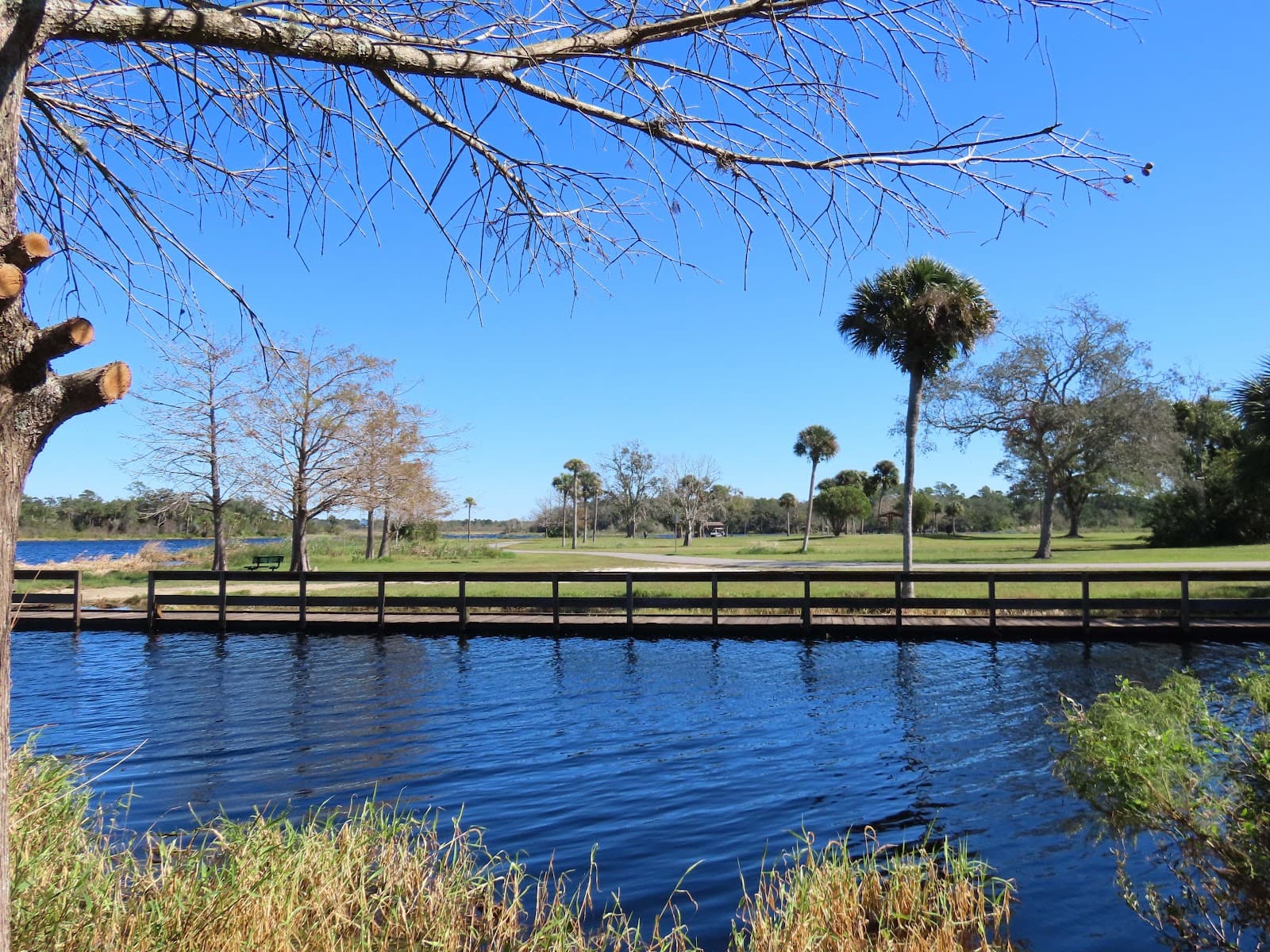
Social
from TikTok, Instagram & Reddit